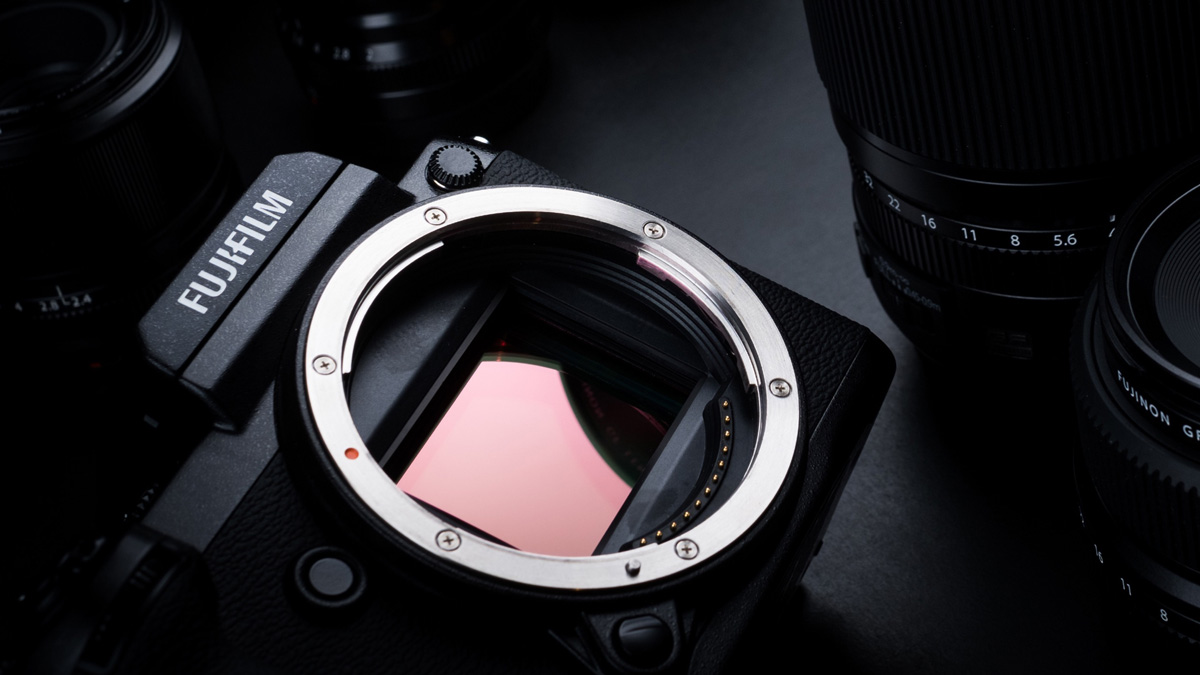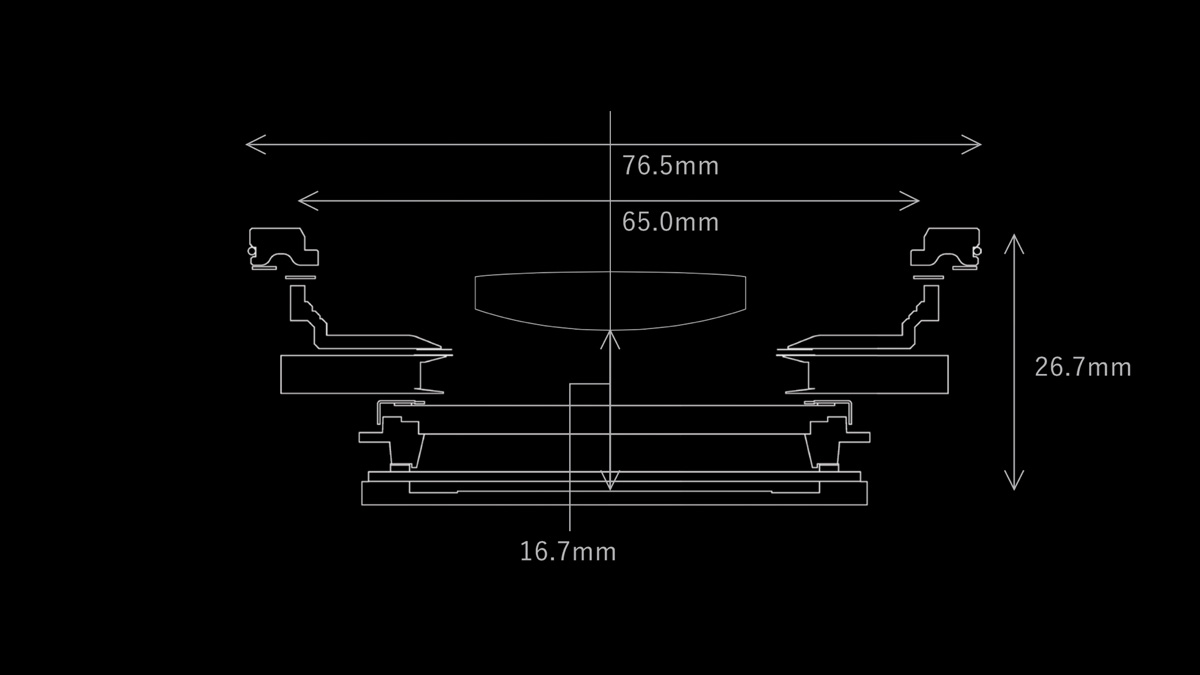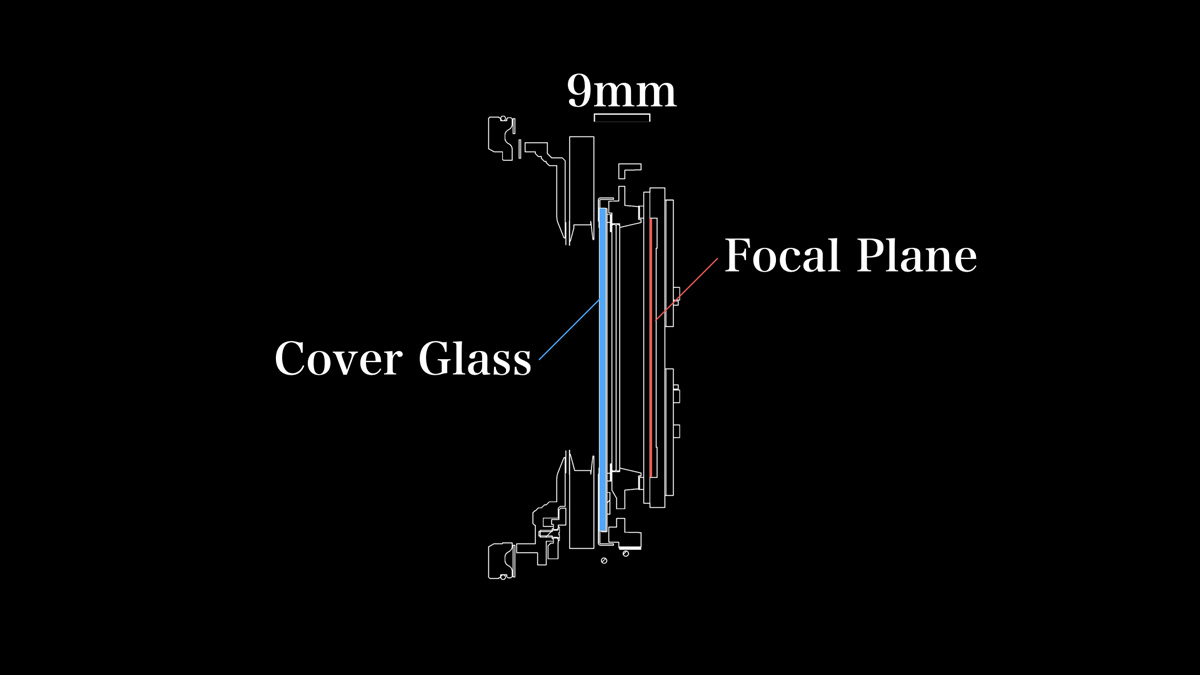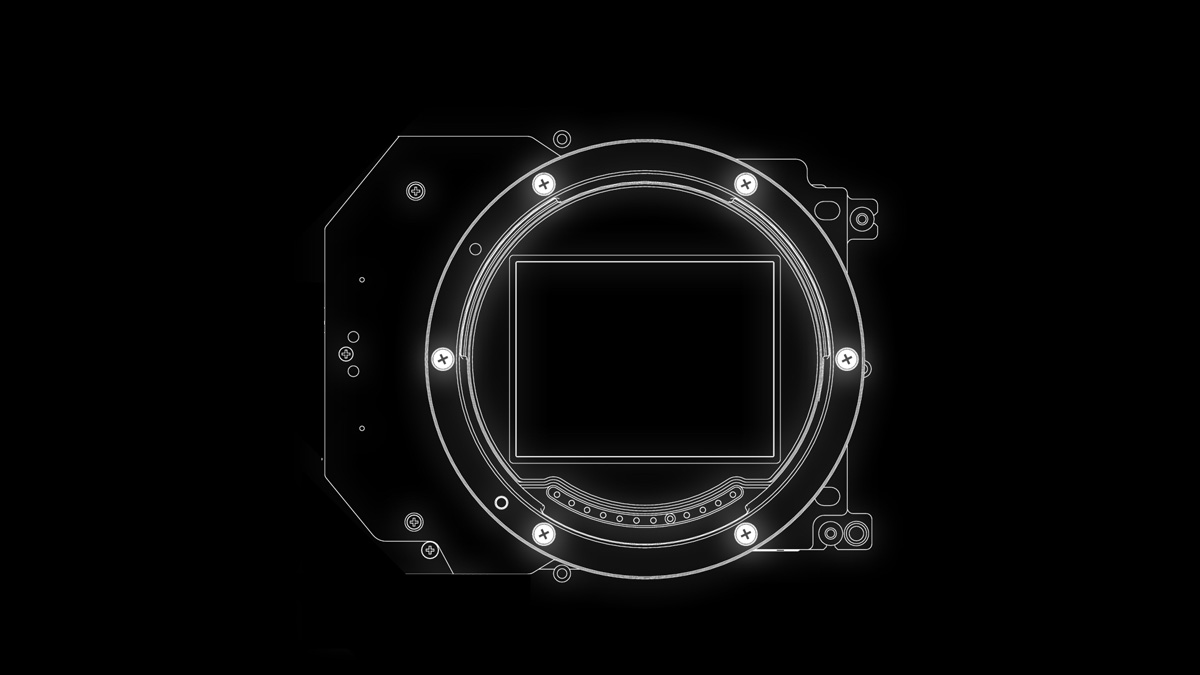
GFX Technologies #2
Our last article was about the new GFX sensor. This article is about the new G Mount, the device that joins the camera and lens.
Designing a new mount is a rarity. From the general user’s perspective, it is in their best interest to continue using the same mount for as long as possible. From the manufacturer’s perspective, the amount of labor required to develop lenses for a new mount is enormous. Both sides see clear benefits in maintaining a lower number of mounts.
The problem, however, is that a new ideal system cannot be realized if the mount is trapped with legacy technology. Camera makers introduce new mounts to the market every now and then, to coincide with the advancements in technology, but it takes courage. It means an initial burden for both users and manufacturers. In order to overcome the burden, the camera makers should commit to greater freedom and future potential when creating a new mount.
1. Flexibility in Lens Design and Future Potential
The first thing we made sure to realize with the new G Mount is the flexibility in lens design and its future potential. A camera without a mirror box allows lens construction that could have never been considered previously. “How short can you make the back focus?” was the first thing that lens designers asked the mount designers. The flange back of G Mount is 26.7mm, but you can place a lens 10.0mm further back. The back focus distance is 16.7mm.
Shorter back focus is one of the reasons for the creation of many great compact wide angle lenses for mirrorless camera systems. Larger elements can be placed at the rear end for lenses with short focal distance.
2. Rigidity
The next thing we made sure to secure was a sense of rigidity and strength. The GF63mmF2.8 weighs 405g, the GF32-64mmF4 weighs 875g, and the GF120mmF4 weighs 980g. They are relatively lightweight for medium format lenses. We will do our best to create all future lenses to be as light as possible, but some heavyweights are inevitable at some point if we are to expand the lineup. It would be thoughtless of us to say that the mount is not strong enough to support heavier lens when that time comes.
Thus, the G Mount has been strengthened in various ways. The mount is 1.6x thicker than the X Mount and is made of high strength stainless steel. The rigidity can be calculated by thickness multiplied to the third power, 1.6×1.6×1.6+=4.096. The calculation shows that the G Mount is four times tougher than the X Mount. The mount also has also passed the test of 10kg load.
There probably won’t be a lens that will be as heavy as 10kg, but a highly rigid mount is beneficial for all lenses regardless. No matter the size, all lenses apply pressure downwards with gravity. For that reason, the lenses bow down to an extent. This is not good in an optical sense. The negative effect becomes more apparent for medium format as it has higher resolving power and a bigger image circle. It is important for a mount to be rigid, especially if a sensor with higher number of pixels should be realized in the future.
3. Driving Power
In addition to the short back focus, lens designers also demanded for extended driving power. In order to expose enough light to the large format sensor, they wanted to place large elements and ensure that there was enough power to move these lens groups.
Here is a picture of the terminals on the mount. X Mount has 10, and the new G Mount has 12. With the addition of 2 terminals, more electrical power can be outputted and make use of the higher capacity NP-T125 battery. There also is room for future development, if a higher capacity battery is ever developed. Future technology must be taken into account when designing a new mount.
4. Durability
People often forget about the cover glass of a mount. This glass is meant to protect and to shake dust off the sensor. The cover glass is placed in the furthest position possible from the sensor.
Why far away? The closer the dust is to the sensor, the worse for the image quality. The dust becomes more visible if it is closer to the sensor surface as it gets into the depth of field.
The cover glass should be placed as far away as possible from the sensor. If there is a mirror box, then there is minimal room to move. But this is possible for G Mount as it is comprised of a mirrorless structure. The cover glass is placed 9mm away from the sensor surface. If you know about mount design, then we are certain that you will be surprised with the figure.
5. Designed for Mass Production
Lastly, let’s talk about something that you will never see on a spec sheet: securing a margin for mass production. Every part of a camera has its tolerance. It needs to be adjusted little by little inthe production line to realize the intended performance. A mount’s purpose is to secure the position of the sensor. Its position needs to be adjusted three-dimensionally to realize its full performance.
Generally speaking, people often shoot medium format cameras with closed apertures. This is partly because the sensor surface was never accurately positioned. However in the mind of photographers, sometimes they would hope they could shoot F2.8 or F2 on a medium format camera for broader photographic expression.
Technically speaking, the depth of field of F2 light ray is only 10 micron deep front and back of the sensor surface. If the position and angle of the sensor surface is not properly adjusted, then the image will have a partially de-focused area because of its inaccuracy.
G Mount adjusts the sensor’s angle and position in microns. It only allows a few microns in tolerance. With this, we realize a medium format system that can be used with wide open apertures.
There you have it. These are the 5 reasons for the development of the new G Mount in addition to the existing X Mount. Let us say this again, it takes real courage for camera makers to introduce a new mount. But if there is both demand and need for it, then we proactively make decisions to accommodate. We are confident that our new G Mount is built for a bright future, and we hope that you are too.



















































